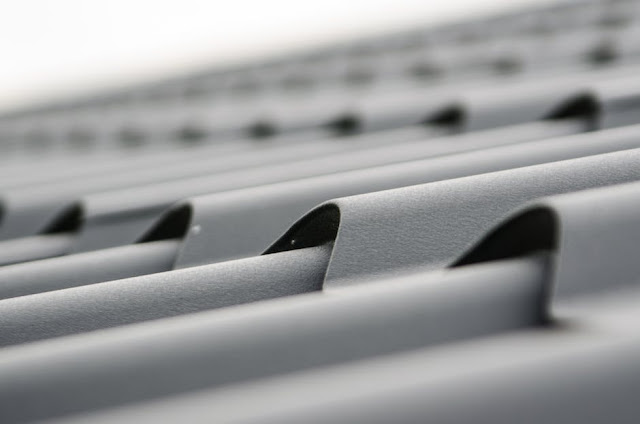Materials and Designs for Optimum Roof Protection
In
hindsight, and understandably enough, the safety of the home relies heavily on
the foundations and pillars which are responsible for the over-all structural
integrity of any home. But next to these, the roof is perhaps a critical part
of the house in terms of safety and protection but is nonetheless often
over-looked.
The roof of
course protects home occupants against rain and sun and other falling debris.
The strength of a roof is contingent on variety of things primarily the type of
material. Asphalt shingles is the cheapest type of roofing material and
relatively the one easiest to install. However, they fade easily, are not very
durable and is regarded as a poor insulating device. Roof contractors
in Singapore often reinforce asphalt shingles with fiberglass or organic
materials such as cellulose to improve durability of the roof. Clay and
concrete tiles on the other hand are extremely durable but they are heavy and
are difficult to install. Often, the labor for installing clay or concrete tiles
are costly and so most roof specialists in Singapore instead recommend
metal roofs due to their weather-resistant properties. Although they are more
expensive than other materials, they are lightweight, recyclable, and generally
longer lasting. Overall labor costs for installation of metal roofs are also
cheaper.
Recently,
newer materials like slate, apparently the most distinctive, elegant and
durable material, require special framing needs. Wood shingles and shakes are
also cheaper options but are also not endorsed by roofing specialists and
contractors in Singapore since they are fire-hazard materials. Synthetic
roofing products from rubber, plastic and polymer roofing gives homeowners more
aesthetic options for a variety of styles but these are often brittle or
fragile and therefore least durable.
Meanwhile,
aluminum composite panels (ACP), level panels consisting of two thin loop
covered aluminum sheets attached to a non-aluminum center, usually transfer
wind loads to the supporting structure but do not necessarily contribute to the
over-all stability of a structure and are therefore utilized by Singapore
roof contractors as light-weight, strong roofing materials for makeshift,
transient structures like expo corners and transit tentage.
Recently
too, ethylene propylene diene monomer (EPDM), which is designed as single ply
membranes as opposed to traditional multiple plies laminated together, and is
made of ethylene and propylene, mine components of rubber, have provided a new
inexpensive material with life expectancy of 15-25 years. The polyvinyl
chloride, PVC is also a single-ply roofing membrane, are also being recommended
by roof specialists and contractors in Singapore since they reflect nearly 90%
of heat of the sun. PVC roofs can last for more than 30 years. Lastly,
single-ply roof membrane made from thermoplastic polyolefin (TPO), made from
pigments that provide consistent weld of top and bottom plies fillers and are
being recommended by Singapore roof specialists for their excellent
flexibility, ozone resistance, safe and easy installation requirements, and
outstanding durability against tears, impacts, and punctures.
The strength
of roofs often also depends on adequate support from walls, beams and thickness
of timber joists. Roofing contractors and specialists in Singapore makesure that roof structures can carry its own load and pressure from heavy wind
and rain and must be made to withstand changing weather conditions. To optimize
the protection provided by roofs, they must also be properly insulated to
control heat absorption and release. In terms of design, gable, where roofing
materials are arranged in two opposite slanted formations best for mid-sized
houses with simple architectural design is perhaps the most popular one.
Meanwhile, shed and saltbox are also popular among smaller infrastructures
while hexagonal designs are usually used for gazebos and outdoor structures.


0 comments